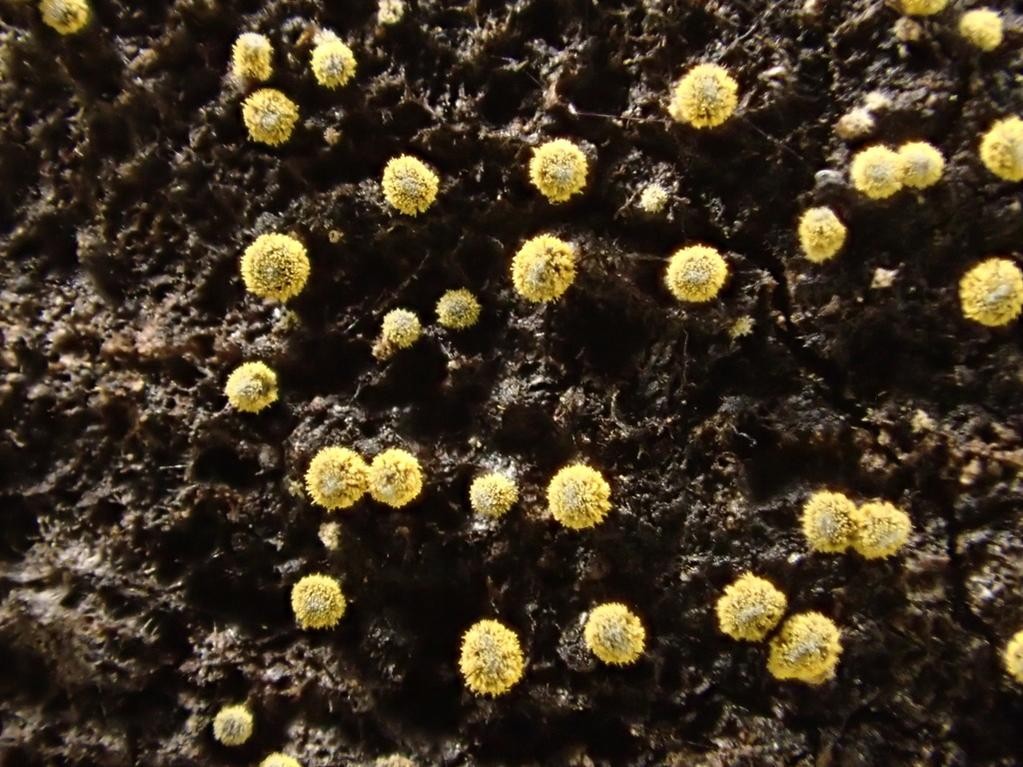Neodasyscypha
Scientific name: Neodasyscypha
Neodasyscypha
Scientific name: Neodasyscypha
 Photo By damontighe , used under CC-BY-NC-4.0 /Cropped and compressed from original
Photo By damontighe , used under CC-BY-NC-4.0 /Cropped and compressed from original Description
Neodasyscypha are fascinating organisms known for their cup-shaped fruiting bodies that often sit on decaying wood or plant material. They play an essential role in breaking down organic matter, contributing to nutrient cycling in ecosystems. Although small, they can add vibrant colors like reds and oranges to forest floors. Keeping an eye out for neodasyscypha during a woodland hike can reveal these hidden gems of the fungal world.